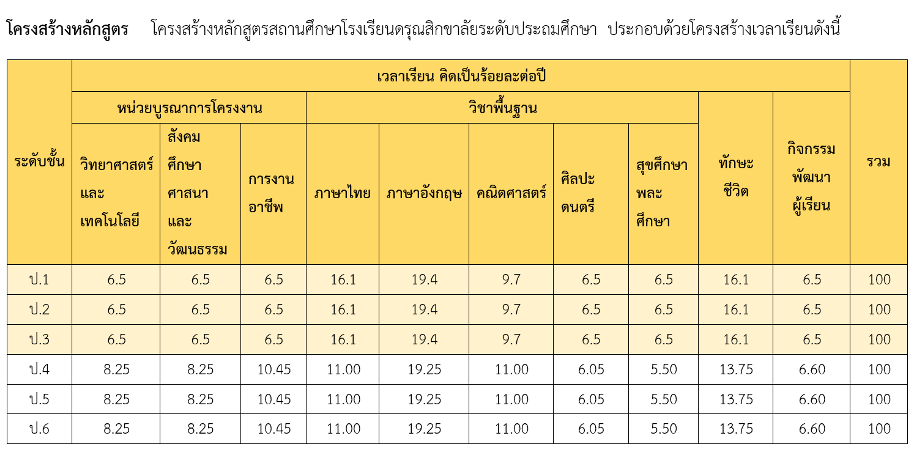
Background
Primary school student development is an integrated process. It focuses on creating a balance of learning that can shape well-rounded human beings. It allows students to have balanced development between body, mind, and intellect through daily life and project-based learning. It also incorporates the constructionism theory of creativity and intelligence by Prof. Seymour Papert of MIT Media Lab, which creates a learning process that gives students the opportunity to learn through hands-on practice. This way, students can produce their own first-hand knowledge.
Student Development through Daily Life Experiences
Students will acquire basic life skills that are essential for living independently. They will enhance their self-control, communication, and teamwork skills. They will also apply logical thinking and problem-solving to their daily activities, starting with setting a clear goal and following the steps of lining up to salute the national flag, reciting prayers, making pledges, and practicing mindful meditation together. Students will exercise for their well-being and brain stimulation. They will explore various situations that happen around them and practice critical thinking and connecting experiences to relevant and current learning through homeroom activities and classroom routines. Students will practice life skills, household chores, and public service, such as maintaining the cleanliness of classrooms, personal and communal areas. During the lunch break, students will take turns as additional service units, preparing food and various supplies for their classmates.
Student Development through Integrated Project Units
It is a learning process that helps students appreciate the value of things around them. By immersing themselves in a learning process that provides firsthand experience, students connect subject matter to their lives through a central theme. This design integrates various subjects like science, technology, social studies, religion, culture, history, and careers. Students engage in hands-on learning, research, and the development of essential skills. They have the autonomy to select projects aligned with their interests under specific categories. Ultimately, they present their own learning and share insights with peers and teachers through interactive sessions in the classroom.
The 3-step Process designed for continuous rotation in the classroom is.

The 3-step Process Think Make Reflection
- Students can practice their thinking and imagination skills by engaging in either thinking or designing activities. These activities require them to set clear objectives and use logical reasoning to achieve them. Step 1
- Students are encouraged to take the lead in their own learning journey by engaging in creation and hands-on experiences (Making and Doing). They begin by exploring their passions or addressing a specific issue they are passionate about, fostering a sense of ownership over their work. A facilitator or learning supervisor supports them by offering guidance, advice, and collaborating in the learning process. Step 2
- Reflecting or Contemplating Process: students engage in a reflective process, contemplating their learning from diverse experiences. This practice cultivates awareness regarding their empirical learning and problem-solving methods. Reflection holds immense significance as it serves as a self-learning tool, enabling students to accumulate experience through self-reflection or by considering different viewpoints from peers, educators, and their surroundings. Step 3
Student Development through Core Subjects
It provides age-appropriate essential knowledge aligned with each level of learners. It draws from Thailand’s national curriculum core subjects and develops hands-on, active learning to foster student comprehension. It also serves as inspiration for project-based classes. At the primary school level, core subjects include Thai language, English, mathematics, art, health and physical education, and innovation and invention (FabLearn lab).
School Curriculum Structure Primary Level


